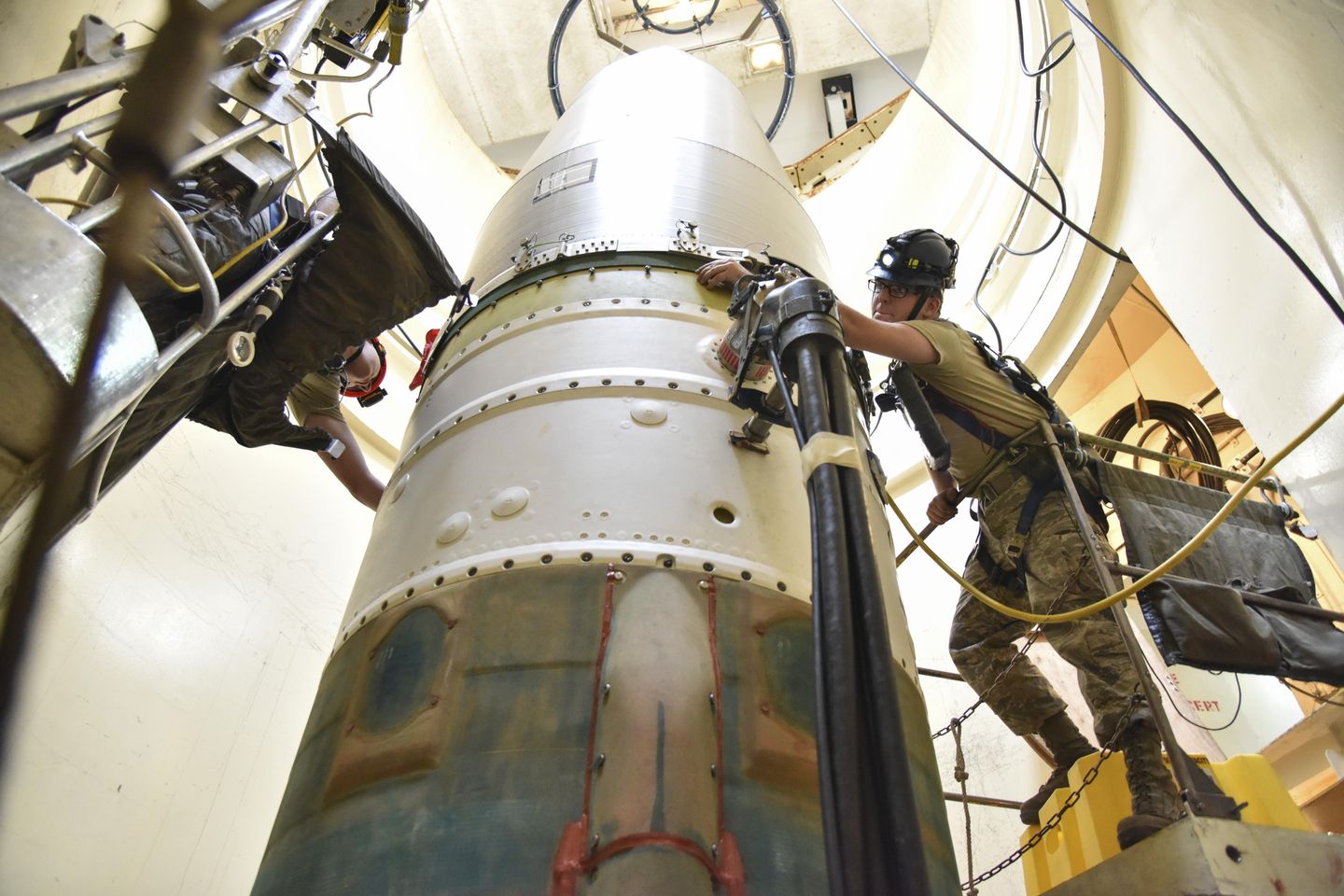
The costs to maintain, operate and modernize America’s nuclear forces through 2034 are expected to rise to $946 billion, a 25% increase from the estimates released in 2023, said officials with the non-partisan Congressional Budget Office.
U.S. nuclear forces include ballistic missile-firing submarines; land-based intercontinental ballistic missiles, and long-range bomber aircraft — commonly called the nuclear triad — along with the warheads they carry.
“Over the next two decades, essentially all those systems will have to be refurbished or replaced with new systems if the United States is to continue fielding those capabilities,” the CBO said in a report released Thursday.
Much of the support structure for the nuclear forces, such as command and control programs and early warning systems, is also slated to be modernized, officials said.
The responsibility for nuclear weapon programs in the U.S. is divided between the Defense Department and the Department of Energy, which is responsible for maintaining a safe, secure, and reliable nuclear stockpile.
Some of the increases are the result of higher costs for priority programs, such as the new Sentinel ICBM, along with modernizing missile silos and other structures; the Defense Department’s command and control and early warning systems, and the Energy Department’s production facilities, officials said.
Lawmakers in Washington must decide what nuclear forces the U.S. should field in the future, and the extent to which the nation should continue to modernize, the CBO analysts said.
The CBO said nuclear forces account for 8.4% of the 10-year cost of the plans for national defense outlined in the White House’s 2025 budget submission. By comparison, nuclear forces accounted for 3.9% of the total defense funding in 2014 — the first year in the current series of CBO estimates of the cost of nuclear forces, when most of the major modernization programs were still in the planning stage.
“CBO projects that the costs of nuclear acquisition programs would represent 11.8% of DoD’s total planned acquisition costs over the next decade as outlined in the 2025 budget submission,” the CBO analysts said. “Competition for funding among acquisition programs will force [the Defense Department] to make difficult choices about which programs to pursue.”
The CBO estimates don’t include costs indirectly related to nuclear forces, such as the cost to clean up the Energy Department’s former production facilities.
“As with all projections of future costs, CBO’s estimates come with substantial uncertainty,” the CBO said. “Future plans may not be achievable, leading to cost growth and delays, and the costs of developing, producing, and operating weapon systems are uncertain even when the plans are fully determined.”












